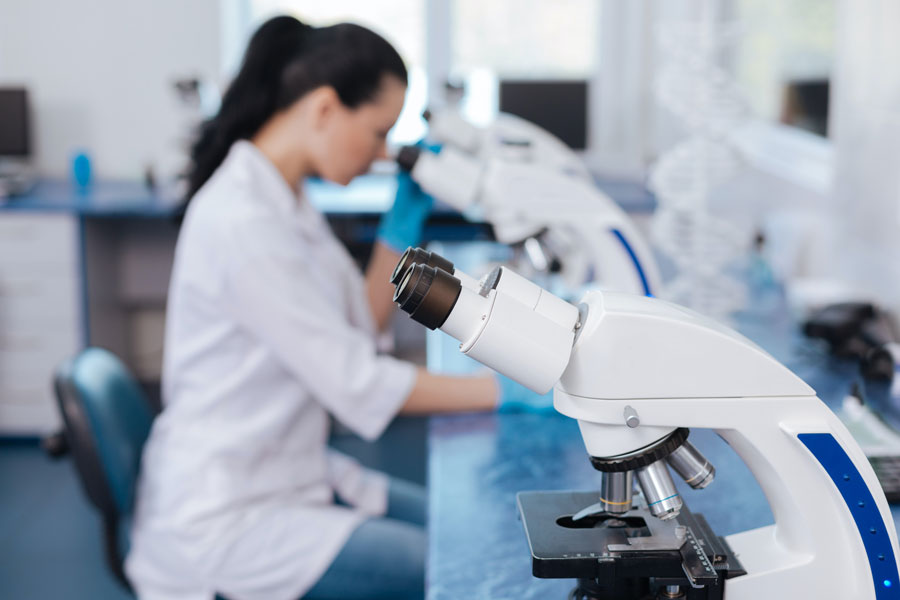As Sense Massage Therapy, we know that our customers love the massages that we deliver and that's a real motivator for our team; from the admin team that ensure everything runs smoothly, to our amazing therapists that deliver the Sense Massage experience to thousands of people every month.
The age-old practice of massage is often associated with moments of relaxation and immediate relief from the stresses of daily life. However, recent clinical research suggests that the benefits of massage may be far more extensive and cumulative than previously understood, with long-term implications for mental and physical health.
The Persistent Power of Touch
A study by Rapaport et al. (2010) published in the "Journal of Clinical Psychiatry" found that participants who received regular Swedish massages experienced significant changes in their immune system responses. Specifically, they saw an increase in lymphocytes, cells that play a major role in defending the body from disease.
Alleviating Anxiety and Depression
Multiple reviews and studies, including one from the "Journal of Clinical Psychiatry," indicate that massage therapy can lead to reductions in the stress hormone cortisol. This can have profound effects on mood regulation and may reduce symptoms of anxiety and depression when incorporated consistently into one’s routine.
Chronic Pain and Recovery
The "Archives of Physical Medicine and Rehabilitation" featured a study where patients with lower back pain received regular massage therapy. The findings suggested improvements in pain and functioning persisted for six months after the treatment ended, indicating long-lasting benefits.
Improved Sleep Patterns
Sleep is crucial for recovery and overall well-being. A systematic review published in the "Frontiers in Psychiatry" journal noted that massage therapy contributes to better sleep quality, especially in those suffering from psychiatric conditions, by promoting the release of serotonin, a precursor for the sleep hormone melatonin.
Cardiovascular Health
In a study by the "Journal of Alternative and Complementary Medicine," regular massage was found to lower blood pressure and heart rate, suggesting a potential role in managing hypertension and promoting heart health.
Enhanced Physical Performance
For athletes, the cumulative effect of massage may include enhanced performance, reduced muscle tension, improved exercise recovery, and decreased muscle stiffness, as found in studies published in the "International Journal of Sports Physical Therapy."
Cognitive Function
Emerging evidence hints at the cognitive benefits of massage. A study in the "International Journal of Neuroscience" observed that adults who received regular massages showed better performance on brain function tests, suggesting that massage may have a protective effect on cognitive decline.
Conclusion: A Holistic Approach to Health
The clinical evidence supporting the cumulative benefits of massage is growing. Regular massage therapy not only offers immediate relaxation but can also be a significant contributor to long-term health and well-being, touching on aspects as diverse as immunity, mental health, pain management, sleep, cardiovascular health, physical performance, and even cognitive functioning.
Incorporating massage into a holistic approach to health can be a powerful tool in maintaining and enhancing overall quality of life. It’s an investment in your well-being with dividends that extend far beyond the massage chair or table.
References:
- Rapaport, M. H., Schettler, P., & Bresee, C. (2010). A preliminary study of the effects of repeated massage on hypothalamic–pituitary–adrenal and immune function in healthy individuals: A study of mechanisms of action and dosage. The Journal of Alternative and Complementary Medicine, 16(8), 1-10.
- Field, T. (2014). Massage therapy research review. Complementary Therapies in Clinical Practice, 20(4), 224-229.
- Cherkin, D. C., Sherman, K. J., Kahn, J., Wellman, R., Cook, A. J., Johnson, E., ... & Deyo, R. A. (2011). A comparison of the effects of 2 types of massage and usual care on chronic low back pain: A randomised, controlled trial. Annals of Internal Medicine, 155(1), 1-9.
- Moraska, A., & Chandler, C. (2008). Changes in psychological parameters in patients with tension-type headache following massage therapy: A pilot study. Journal of Manual & Manipulative Therapy, 16(2), 106-112.
- Crane, J. D., Ogborn, D. I., Cupido, C., Melov, S., Hubbard, A., Bourgeois, J. M., & Tarnopolsky, M. A. (2012). Massage therapy attenuates inflammatory signaling after exercise-induced muscle damage. Science Translational Medicine, 4(119), 119ra13-119ra13.
